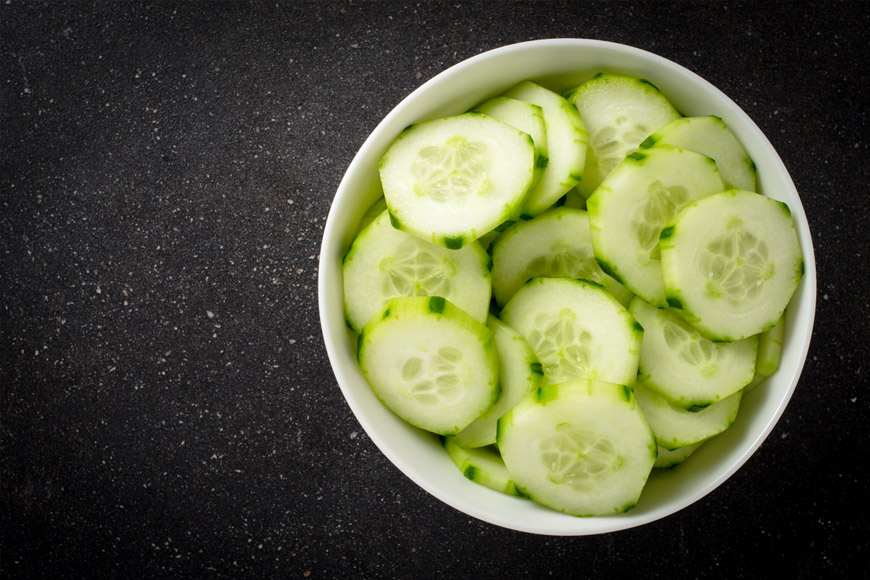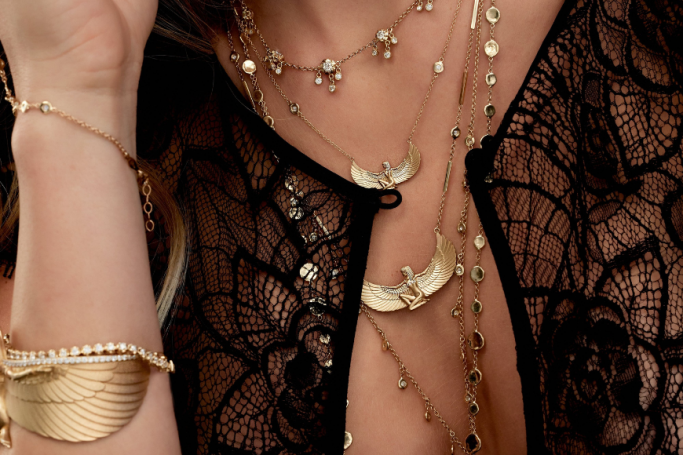Within the Southern region of Oman there is Salalah which goes from tranquil counryside to annual festival in August.
18 July 2013
| Last updated on 14 June 2017
Salalah is hidden in the southern region of Oman. It is located 1030 kilometres from Muscat and takes around 12 hours to drive or 1 hour by flight. To get there you will need a bus taht belongs to the Oman National Tourist Corporation. Cars can be hired from Car rental agencies. Oman Air operates regular flights from Muscat to Salalah. It has the benefit of the annual Indian monsoon: locally known as the Khareef. This monsoon, which extends from early June to mid September, transforms the countryside into a veritable garden with tumbling waterfalls and meandering streams. In July and August the government plays host for the annual Khareef Festival, a cultural highlight of the season.
Salalah is steeped in myths and legends that date back to biblical times. In the Jebel Qara can be found the tomb of the Prophet Ayoub, better known as Job of the Old Testament. In Khawr Rhori lie the ruins of the palace reputed to be that of the Queen of Sheba. In the surrounding countryside on the flanks of the jebels grows the Boswellia sacra better known for the sap it produces: Frankincense, which is best known to Christians as one of the gifts of the Magi in the nativity story. In all probability the Frankincense that was a gift to the baby Jesus came from Oman as the Boswellia sacra tree grows nowhere else.
For most of the year, the unspoiled beaches of Salalah are ideal for scuba diving, canoeing, sailing, jet skiing and diving. The marshy khawrs along the coastline are sanctuaries to a broad variety of migrating birds turning the region into a bird watchers paradise.

Less than half an hour's drive from Salalah is Ain Razat, a picnic spot with springs, hills, gardens and streams. Nearby is the equally resplendent Ain Sahanawt. Seventy kilometres east of Salalah lies Mirbat, famous for Bin Ali's tomb (Bin Ali was revered in the early days of Islam as a sage and holy man.). Taqah, 36 kilometres from Salalah is a picturesque, quaint village. The fort at Taqah goes back several hundred years and is well stocked with authentic decorations and appointments.
Rising high above the coast is the Jebel Samhan plateau, the highest point in Dhofar at 1800 metres. Here you can find the hanging valley of Wadi Dirbat which is impressive in full flood. Further into the jebels is Tawi Attir (the hole of the birds), a natural sinkhole over 100 metres wide and 250 metres deep. Nestled in a hidden valley is the Baobab Forest with huge bulbous trees, one tree over 2000 years old and 30 feet in diameter at its base.
To the west of Salalah are many stretches of beautiful beaches. One of the most popular of these is Mughsayl where you can find unusual blow holes in the rocky shelf close to the shore. These holes display dramatic bursts of water and foam sometimes reaching 50 feet in the air. Further to the west close to the Yemen border lies the town of Rakhyut and is a pleasant spot for picnics and swimming in the ocean.
To the north of Salalah is the region known as the Nejd. This is a barren desolate area that is actually the southern fringe of the R'ub Al Khali. Here you find sweeping sand dunes and parched wadis. Lying 175 kilometres north of Salalah is the remote village of Shisr. Here in the early nineties, with the help of satellite imagery from the space shuttle, explorers found what they believe to be the lost city of Ubar. Called by T. E. Lawrance (of Arabia) as the ‘Atlantis of the sands’, Ubar was once considered to be the trading centre for frankincense before it was buried in the rising dunes.
Our Food Editor Mike has gone on holiday in Salalah and Muscat! Check out his holiday trip here >>

















































_2.jpg?itok=XEABuHuU)















































_2.jpg?itok=j80YWwf-)



















